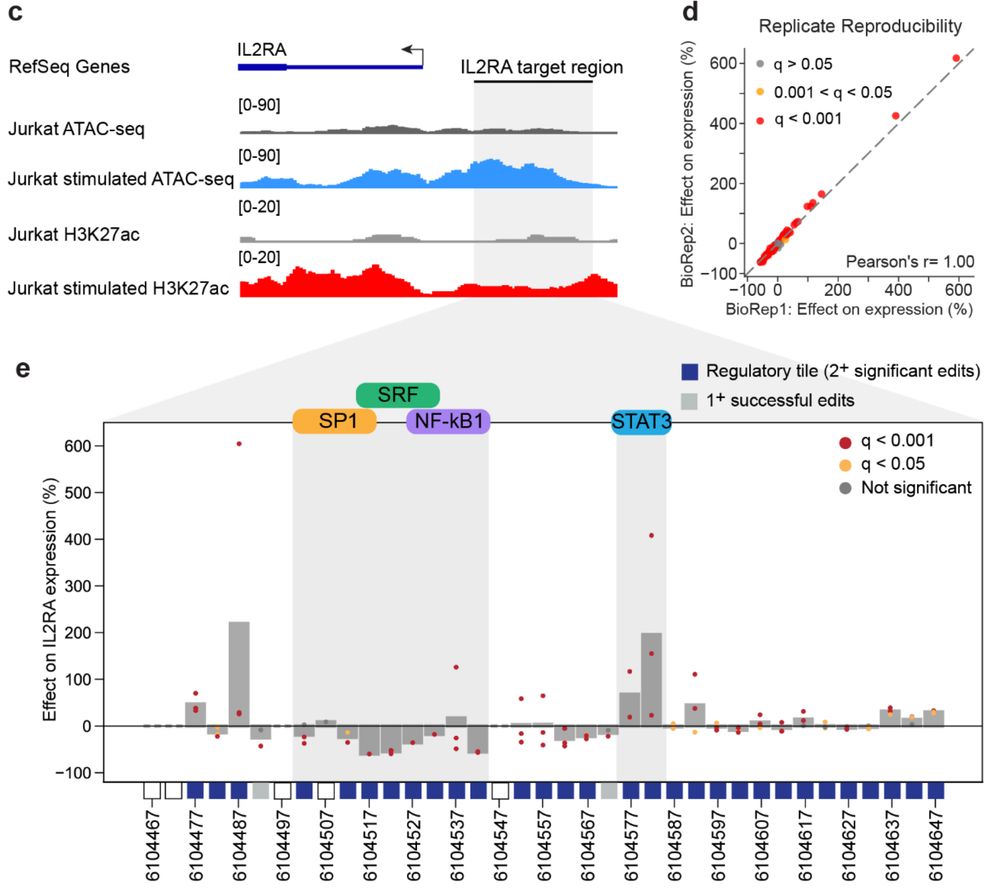Michael Montgomery
@michaeltmont.bsky.social
100 followers
110 following
36 posts
Stanford PhD candidate in the Engreitz Lab. Passionate about engineering gene regulation and high-throughput tech dev.
Posts
Media
Videos
Starter Packs










